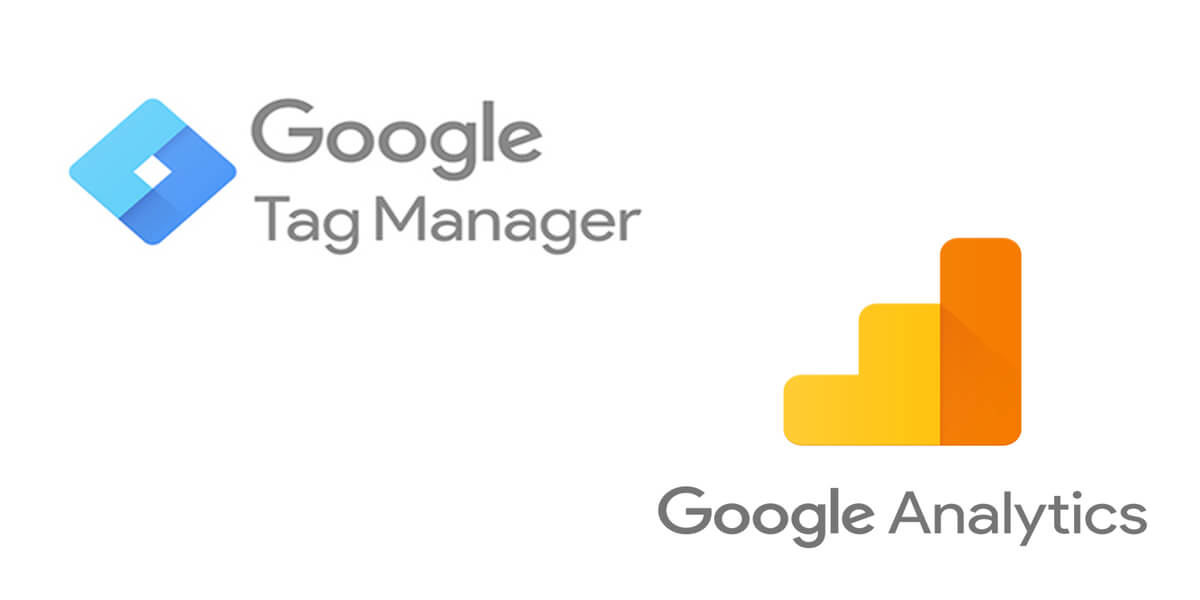A new Performance Planner is available in Google Ads. The tool is designed to help advertisers understand how to allocate a set monthly budget across all of their campaigns based on Google’s projections for maximizing incremental conversions — or other advertising goal.
Google says: „The Performance Planner identifies the best spend amounts for your campaigns to drive incremental conversions. For example, let’s say you have a $92,000 monthly budget across 100 Search campaigns.
The planner will recommend how to distribute that $92,000 across those Search campaigns to maximize conversions and project results from these changes in your forecast.
You can also use the planner to try other adjustments (e.g., different spend levels, CPAs) by clicking on the different spend points to see resulting changes in conversions. For example, you can see the difference in conversion volume you could receive at a $12 CPA against a $20 CPA.
Within your plan, you can dive deeper into campaigns. You can view a campaign-level forecast, and allocate spend accordingly to that campaign. You can even add keywords to see how new terms would affect potential performance.

What does Performance Planner do?
Performance Planner tells you, the advertiser, how to change your bids and budget to maximize a specific metric across your campaigns.
While we can’t see all of the calculations happening on the back end of this tool, we know for sure that it takes the following into account:
- Existing Performance (current spend, conversions, conversion value, etc.)
- Past Performance (same dates one year ago if your account has that data)
- Billions of search queries (according to the announcement)
Then, as the Google announcement points out, Performance Planner simulates relevant ad auctions in aggregate, including variables like:
- Seasonality (see the full explanation below)
- Competitor Activity
- Landing Page
Requirements for campaigns
Campaigns must meet the following criteria to be eligible for forecasting. The tool will notify you when campaigns are not eligible.
- Have been running for at least 72 hours
- Have received at least 3 clicks in the last 7 days
- Have received at least one conversion in the last 7 days (if the campaigns focus on conversions)
- Are Search campaigns that use a manual cost-per-click (CPC), enhanced CPC, target cost-per-action (CPA), maximize clicks, or maximize conversions bidding strategy.
Short conclusion
This tool won’t tell you how much budget you should start off with, but it can provide some directional (key word here) insights into how changes in spend could impact performance of campaigns that already have enough historical data.


















